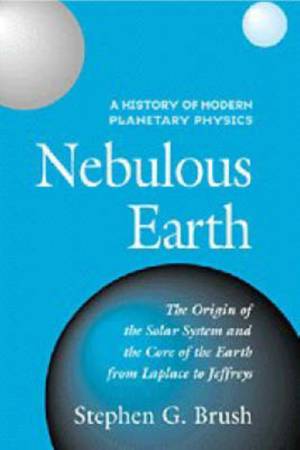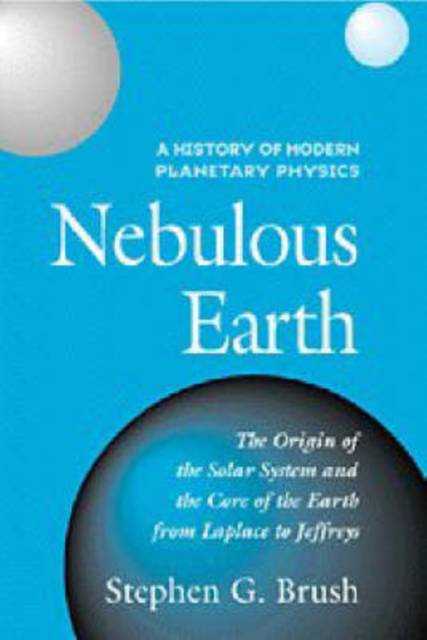
- Afhalen na 1 uur in een winkel met voorraad
- Gratis thuislevering in België vanaf € 30
- Ruim aanbod met 7 miljoen producten
- Afhalen na 1 uur in een winkel met voorraad
- Gratis thuislevering in België vanaf € 30
- Ruim aanbod met 7 miljoen producten
Zoeken
Nebulous Earth
The Origin of the Solar System and the Core of the Earth from Laplace to Jeffreys
Stephen G Brush
€ 172,95
+ 345 punten
Omschrijving
During the past 200 years, astronomers and geologists have developed and tested several different theories about the origin of the solar system and the nature of the Earth. Together, the three volumes that comprise A History of Modern Planetary Physics present a survey of these theories. Nebulous Earth follows the development of Laplace's Nebular Hypothesis, its connection with ideas about the interior of the Earth, and its role in the establishment of the "evolutionary" worldview that dominated science in the latter part of the nineteenth century. Brush also explores Saturn's rings, Poincaré's contributions to ideas about cosmic evolution, the use of seismology to probe the earth's core, and explanations of the Earth's magnetic field. This series will interest historians and philosophers of science as well as earth scientists and geologists.
Specificaties
Betrokkenen
- Auteur(s):
- Uitgeverij:
Inhoud
- Aantal bladzijden:
- 326
- Taal:
- Engels
- Reeks:
Eigenschappen
- Productcode (EAN):
- 9780521441711
- Verschijningsdatum:
- 26/04/1996
- Uitvoering:
- Hardcover
- Formaat:
- Genaaid
- Afmetingen:
- 163 mm x 243 mm
- Gewicht:
- 630 g

Alleen bij Standaard Boekhandel
+ 345 punten op je klantenkaart van Standaard Boekhandel
Beoordelingen
We publiceren alleen reviews die voldoen aan de voorwaarden voor reviews. Bekijk onze voorwaarden voor reviews.











